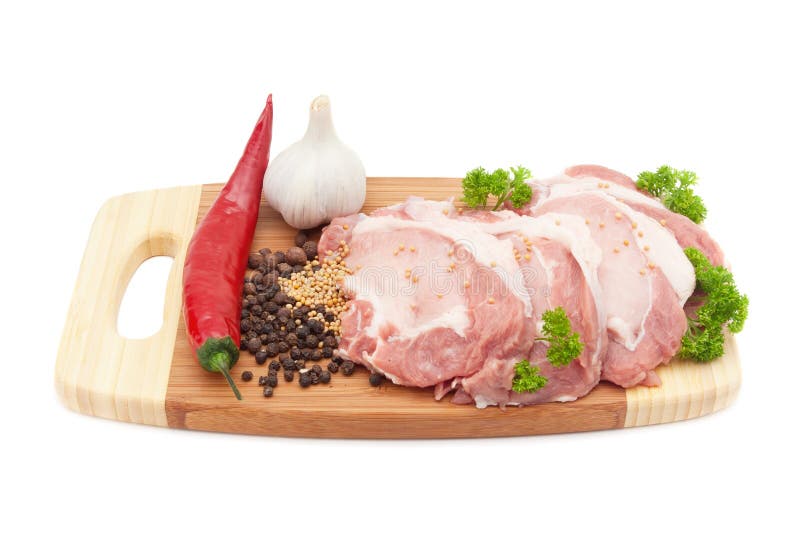

Both brisket and pork shoulder are notorious for this.) But we have barbecued many juicy, delectable briskets, pork shoulders, etc., without enrobing them in foil or butcher paper. (The stall occurs when moisture begins evaporating from the surface of the meat, sometimes adding hours to the cooking time. Unwrapped meats will take longer to cook and will be more susceptible to drying out, especially if they endure a lengthy “stall” during the smoke session.Food will be exposed to smoke as long as you want.If you like bark in your bite-bark is that tasty obsidian-colored outside layer of smoke, desiccated meat fibers, and spices that crust barbecued meats-do not wrap your meat in foil or butcher paper.What does this mean in practical terms? Here is a summary of the pros and cons of all three methods: Unwrapped (“naked”) It is more permeable than aluminum foil, meaning it can release some of the excess moisture that tends to accumulate on the surface of the meat. Generally made of Southern Pine, butcher paper suitable for smoking is pulped with food-grade sizing to reduce its tendency to absorb liquid.

Let’s talk, for a minute, about this special paper. (We highly recommend Franklin’s book, Franklin Barbecue, to anyone interested in upping their barbecue game.) Wrapping Meats in Butcher Paper He freely admits he wraps his brisket in unlined peach or pink-colored butcher paper for the last few hours of smoking.

How does he do it? Fortunately, he’s generous with his secrets. And if you serve ribs cooked by the 3-2-1 method, 95 percent of the people who taste them react with delight and will declare you a barbecue genius.īut does the technique work with brisket, the Achilles heel of many backyard barbecuers?Īccording to celebrity pit master Aaron Franklin of Franklin Barbecue in Austin, Texas, the answer is an unequivocal “yes.” Named Best Chef – Southwest by the prestigious James Beard Foundation (the first barbecue chef to win the honor), Franklin has sold out of brisket every day since his establishment opened in 2009. It’s relatively fail-proof, meaning that if you follow the directions, you are almost guaranteed you’ll avoid the dual pitfalls of ribs that are tough or dry. And within a predictable 6-hour time frame, too. The process gives you meat so tender it virtually slides off the bone, with the multiple layers of flavor most of us associate with great barbecue. 1 hour of cooking unwrapped at a higher temperature, with a generous basting of barbecue sauce.2 hours of cooking wrapped in foil (with a little liquid, such as apple cider), followed by.3 hours of smoking unwrapped at 225 degrees, followed by.Not familiar with the equation? This is what cooking ribs such as spare ribs and baby backs by the numbers means: In the beginning, the term Texas Crutch was probably coined as a derisive term, but it’s the foundation of the popular 3-2-1 method of cooking ribs. Wrapping barbecued meats in foil, a technique long known as the “Texas Crutch,” was popularized on the competition barbecue circuit where small adjustments can make the difference between getting a “call” (a place in the winner’s circle) or driving home with a “DAL” (Dead Ass Last) on your record. Not unsurprisingly, there are pros and cons with each method. Among them: Is it sacrilege to sauce brisket? Are fall-off-the-bone-tender ribs the mark of an amateur? Is brining for the birds?Īdd to the list: Should you wrap meats like brisket, beef shoulder clod, pork shoulder, ribs, etc., in aluminum foil or unlined butcher paper hours into the smoke, or leave the meat “naked”? For what seems like a friendly pursuit-cooking hefty hunks of meat over live fire to be eaten mostly by other people-barbecue has long been besieged by controversies.


 0 kommentar(er)
0 kommentar(er)
